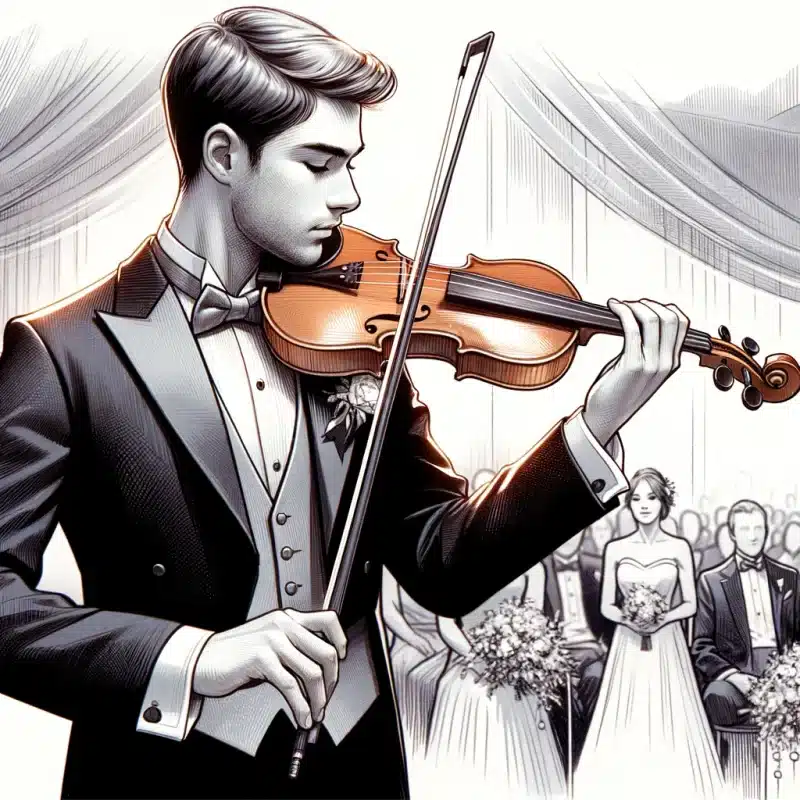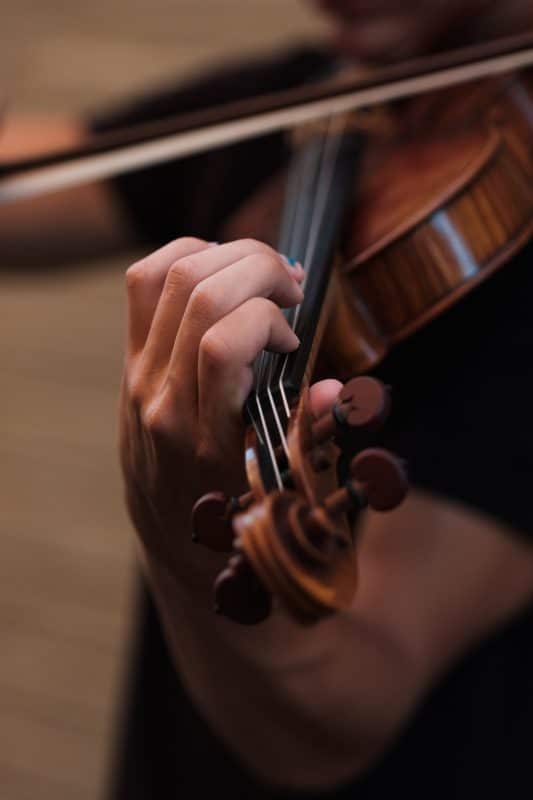As a wedding violinist, the purity of your instrument’s sound is paramount to creating an unforgettable ambience. Whether you’re a seasoned professional or a novice eager to refine your skills, this comprehensive guide on tuning your violin or viola will serve as an invaluable resource.
Identifying Your Strings: The Foundation of Tuning
Before diving into the tuning process, it’s crucial to familiarize yourself with the strings of your instrument. For violinists, the strings, from lowest to highest, are G, D, A, and E. Viola players will find their strings arranged as C, G, D, and A. Notably, the A string holds a special place as it’s the common highest string across all string instruments, making it our starting point for tuning due to its clarity and ease of sound travel.
The Importance of Fine Tuners
For beginners, having fine tuners on all four strings is non-negotiable. These tuners mitigate the risk of string breakage—a common occurrence when adjusting the pegs without the proper technique or equipment. Ensuring your instrument is equipped with fine tuners is a preventative step every wedding violinist should take.




Methods of Tuning: A Dual Approach
Tuning can be approached in two ways: using a tuner or app, which visually indicates pitch accuracy, and tuning by ear, a skill that, while challenging, is vital for a musician’s development. The standard tuning pitch is A=440Hz or A=442Hz, but cultivating the ability to discern pitch adjustments by ear will enhance your musical finesse.
Tuning by Ear: A Test of Skill
To hone your ear, consider engaging in exercises that challenge you to identify pitch variations. This practice not only sharpens your aural skills but also prepares you for tuning in any environment, an essential ability for any violinist for wedding performances.
Fine-Tuning: The Nitty-Gritty
Adjusting your fine tuners is a delicate process. Turning clockwise tightens the string (raising the pitch), while turning anticlockwise loosens it (lowering the pitch). This step-by-step adjustment ensures that your instrument achieves the perfect harmony.
The Soundwave Method: Advanced Ear Training
As you approach the correct pitch, listening for the oscillation in sound waves becomes crucial. These waves slow down as you near the desired pitch, ultimately disappearing when perfect harmony is achieved. This method is an advanced skill that will elevate your tuning accuracy and overall performance quality.
The Art of Tuning Fifths
For those ready to advance their tuning techniques, tuning the fifths—ensuring each string is in perfect harmony with the next—is a critical skill. This method not only perfects the individual string’s pitch but also ensures a cohesive sound across the entire instrument.
Conclusion: Practice Makes Perfect
Tuning is an art form in itself, requiring patience, precision, and practice. By mastering both the technical and aural aspects of tuning, you’ll ensure that your performances, especially in the intimate and emotive setting of a wedding, resonate with the depth and clarity that only a perfectly tuned instrument can provide.
Remember, every note you play is a reflection of your dedication to your craft. May this guide serve as a stepping stone toward achieving the impeccable sound quality that distinguishes a true wedding violinist.

